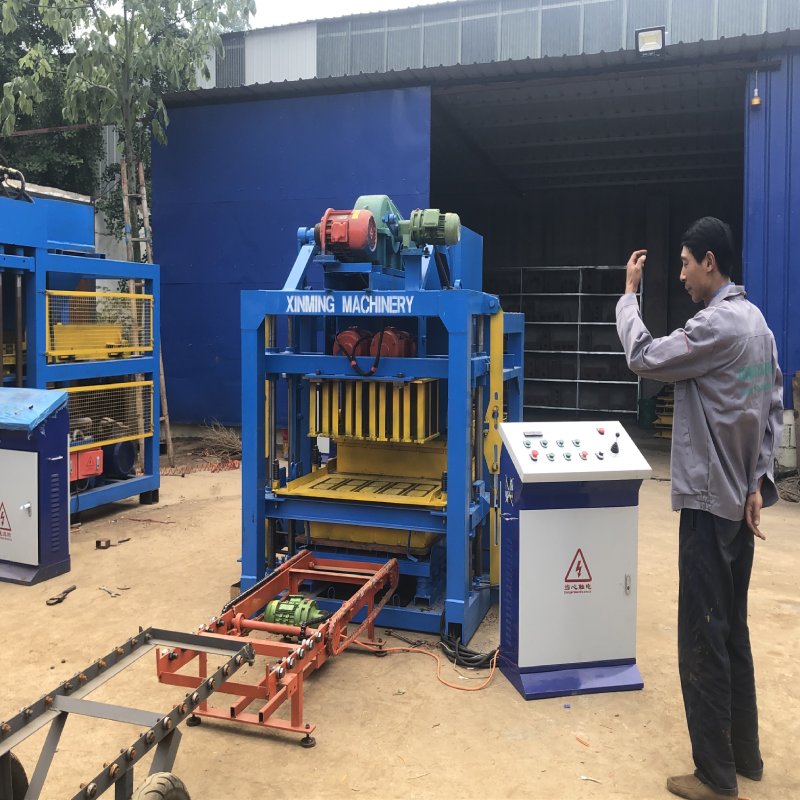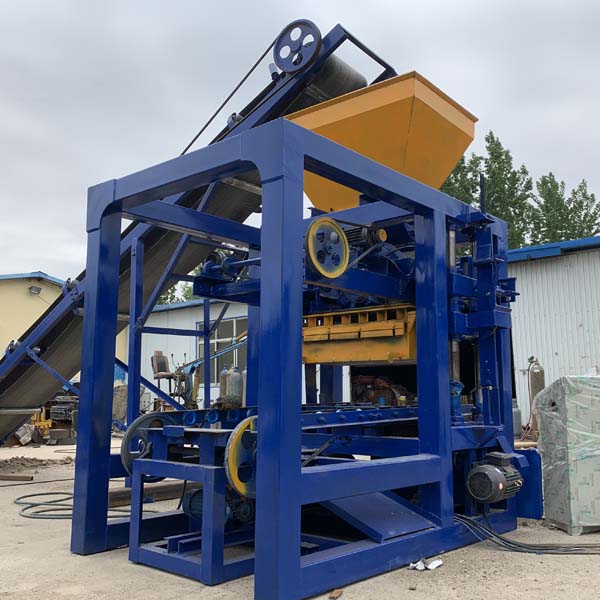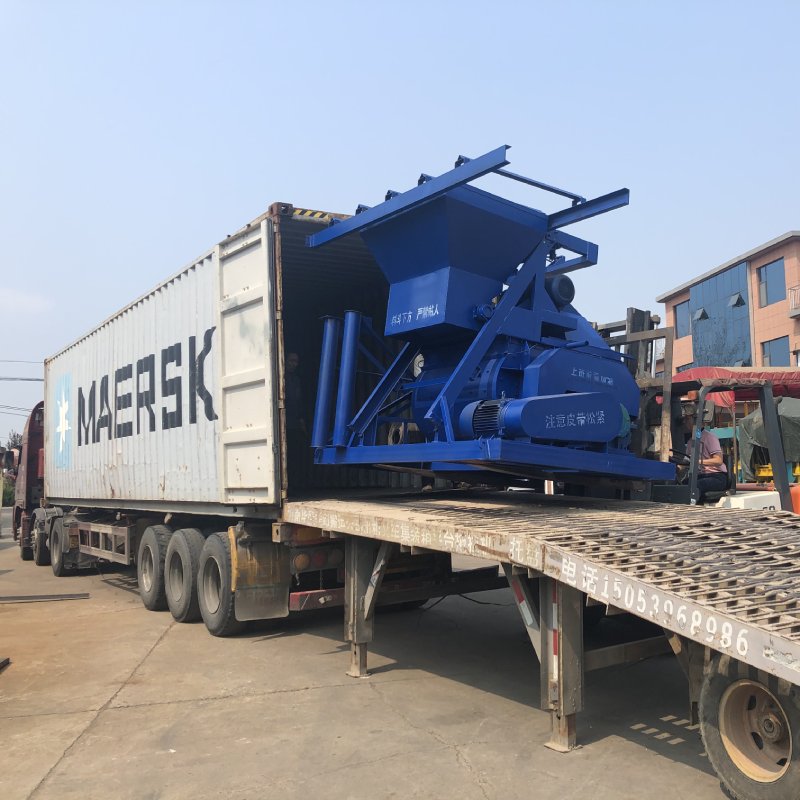
In the fast-paced era of modernization, urban construction and development have transformed the face of cities worldwide. One significant aspect of this transformation is the increasing reliance on technology and machinery to streamline construction processes. Among these technological advancements, brick-making machines have emerged as a pivotal tool in the construction industry, playing a crucial role in shaping the urban landscape.
The Interplay of Brick-making Machines and Modern Urban Construction and Development
Brick-making machines, also known as brick-making presses, have revolutionized the traditional brick-making process. These machines automate the production of bricks, reducing the dependency on manual labor and enhancing the efficiency and quality of the bricks produced. The precision and consistency achieved through these machines are unmatched by traditional methods, making them a preferred choice for modern construction projects.
The rise of brick-making machines is closely linked to the growth and expansion of urban centers. As cities continue to grow, the demand for housing, commercial spaces, and infrastructural facilities increases exponentially. This demand drives the need for efficient and cost-effective construction methods. Brick-making machines provide a solution by quickly and efficiently producing bricks in large quantities, meeting the demands of the construction industry.
Moreover, the bricks produced by these machines are often stronger and more durable than those made by traditional methods. This enhances the structural integrity and longevity of the buildings, making them more resilient to natural disasters and wear and tear. The use of these bricks also contributes to the overall sustainability of urban construction, as they can be recycled and reused, reducing the environmental impact of construction waste.

In addition to their functional benefits, brick-making machines also contribute to the aesthetic appeal of modern cities. Bricks, as a construction material, offer a diverse range of textures, colors, and shapes. With the help of brick-making machines, architects and designers can experiment with innovative brick patterns and designs, creating unique and visually appealing façades for buildings. This adds to the character and identity of urban spaces, making them more recognizable and memorable.
Furthermore, the automation of the brick-making process through these machines also contributes to job creation and economic growth. The operation and maintenance of these machines require skilled workers, creating new employment opportunities in the construction industry. Additionally, the increased efficiency and productivity achieved through the use of these machines help to lower construction costs, making it more affordable for a wider range of people to access housing and infrastructure.
However, it is worth noting that the widespread adoption of brick-making machines also poses some challenges. The initial investment in these machines can be significant, which may be a barrier for smaller construction companies or those operating in developing regions. Furthermore, the mechanized process may reduce the need for manual labor, potentially affecting the livelihoods of those traditionally employed in brick-making. It is therefore important to ensure that the transition to mechanized brick production is managed in a way that minimizes negative impacts on workers and communities.
In conclusion, the relationship between brick-making machines and modern urban construction and development is intricate and mutually beneficial. These machines have revolutionized the brick-making process, enhancing efficiency, quality, and sustainability in the construction industry. They contribute to the rapid growth and transformation of urban centers, shaping the urban landscape in terms of both functionality and aesthetics. While there are challenges associated with their widespread adoption, the overall benefits of brick-making machines make them a crucial tool in the quest for sustainable and inclusive urban development.

